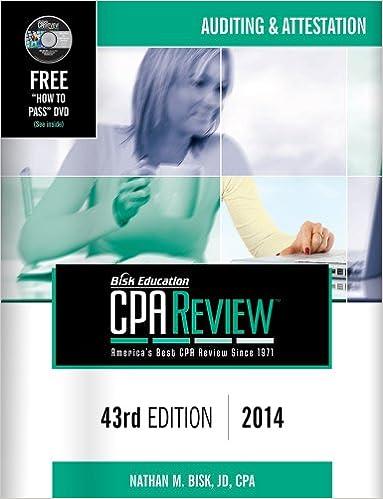

Required information (The following information applies to the questions displayed below.] The following transactions apply to Park Company for Year 1: 1. Received $32,000 cash from the issue of common stock. 2. Purchased inventory on account for $142,000. 3. Sold inventory for $173,500 cash that had cost $106,500. Sales tax was collected at the rate of 6 percent on the inventory sold. 4. Borrowed $16,800 from First State Bank on March 1, Year 1. The note had a 6 percent Interest rate and a one-year term to maturit to maturity 5. Paid the accounts payable (see transaction 2). 6. Paid the sales tax due on $152,500 of sales. Sales tax on the other $21,000 is not due until after the end of the year. 7. Salaries for the year for one employee amounted to $28,000. Assume the Social Security tax rate is 6 percent and the Medicare tax rate is 1.5 percent. Federal income tax withheld was $5,400. 8. Paid $2,500 for warranty repairs during the year. 9. Paid $11,500 of other operating expenses during the year. 10. Paid a dividend of $5,200 to the shareholders. Adjustments: 11. The products sold in transaction 3 were warranted. Park estimated that the warranty cost would be 5 percent of sales. 12. Record the accrued interest at December 31, Year 1 13. Record the accrued payroll tax at December 31, Year 1. Assume no payroll taxes have been paid for the year and that the unemployment tax rate is 6.0 percent (federal unemployment tax rate is 0.60 percent and the state unemployment tax rate is 5.40 percent on the first $7,000 of earnings per employee). b. Post the transactions to T-accounts. Cash Merchandise Inventory Beginning balance Beginning balance Ending balance Ending balance Accounts Payable Employee Income Tax Payable Beginning balance Beginning balance Ending balance Ending balance FICA Tax Payable - Medicare FICA Tax Payable - Social Security Beginning balance Beginning balance Ending balance Ending balance Federal Unemployment Tax Payable Beginning balance State Unemployment Tax Payable Beginning balance Ending balance Ending balance Sales Tax Payable Warranties Payable Beginning balance Beginning balance Ending balance Ending balance Interest Payable Notes Payable Beginning balance Beginning balance Ending balance Ending balance Common Stock Dividends Beginning balance Beginning balance Ending balance Ending balance Sales Revenue Cost of Goods Sold Beginning balance Beginning balance Ending balance Ending balance Operating Expenses Payroll Tax Expense Beginning balance Beginning balance Ending balance Ending balance Salaries Expense Warranty Expense Beginning balance Beginning balance Ending balance Ending balance Interest Expense Beginning balance Ending balance








